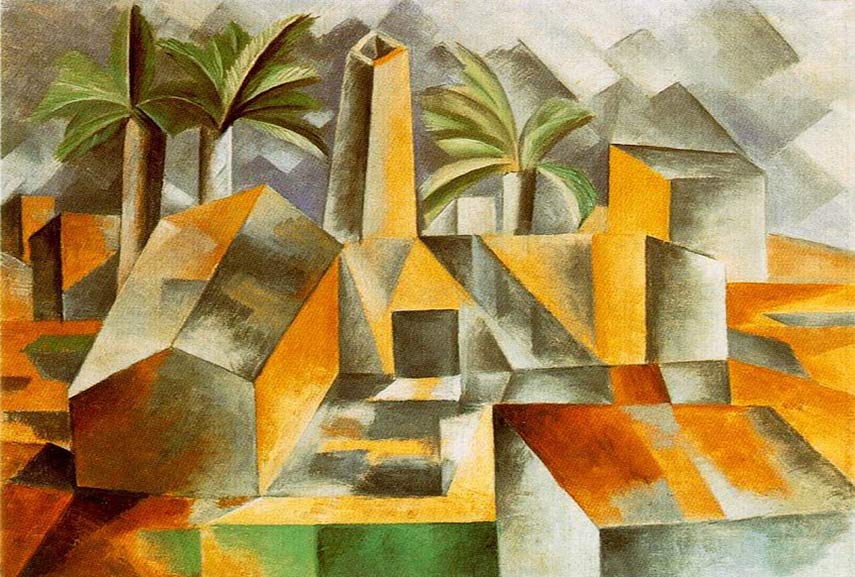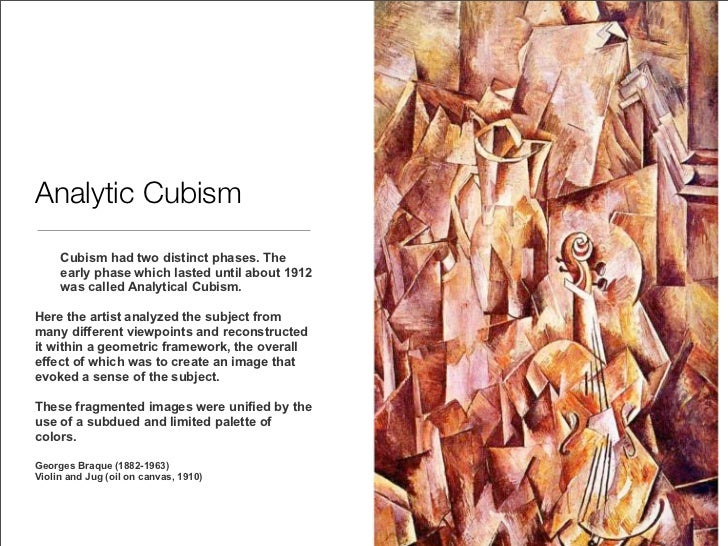

One of the first artists to have dabbled in the use of methods and concepts that would later be considered pillars of Cubist ideology is Paul Cezanne (1839-1906). Why should I blame anyone but myself if I cannot understand what I know nothing about?” Origins of Cubism This does not mean that the English language does not exist. I do not read English, an English book is a blank book to me. “The fact that-for a long time-Cubism has not been understood and that even today there are people who cannot see anything in it means nothing.

Pablo Picasso is quoted as saying the following. Some art critics from the time period when Cubism was beginning to emerge from the more common forms of expression had trouble grasping the overall concept of the Cubist movement. Many Cubist artists sought to bring new ways of thinking about art and the portrayal of certain items. Unlike other forms of painting that had existed for centuries and even thousands of years before, Cubism revolved around new and novel methods of depicting subjects in a way that had never been done. It is often described as deconstructing the subject only to reassemble it in ways that highlight various viewpoints in which the viewer may not have considered on their own. The principle of Cubism can be described as the artist’s efforts to deconstruct the usual portrayal of a subject or scene and create a collage of visual depictions that give the viewer many different perspectives of the subject. The differences between Analytical Cubism and Synthetic Cubism is that Synthetic Cubism aimed to flattened out an object into a 2D image often as a collage whereas Analytical Cubism broke down an object from multiple viewpoints and re-configured them so that every aspect of the image could be visible on a 2D plane. In that sense Picasso wasn't radical and revolutionary that, during his cubist period heĪppeared to become his cubist period was followed (leaving his cubist converts bewildered) by his neo-classicism, a return to tradition.Cubism was originally shunned by many influential art critics and enthusiasts as it went against long-held ideals and traditional methods of portraying a given subject.Īrtists like Pablo Picasso and George Braque were pioneers in the Cubism movement and served as some of the most prominent artists during the time period as they were able to bring the new style of painting into the stage of 20th century art. So deeply his figurative upbringing was engrained (he was an artistic prodigy and well-rounded figurative painterĪt 15), that one of the main creators of abstract art never made it to this development's ultimate consequence: pure abstract art. He played with dimensions, flirted with removing the third, but never became a purely abstract painter. An important difference between Picasso and the cubist Mondrian was that Picasso never really gave up the thirdĭimension. Process which ultimately led to the first really non-figurative paintings (or pure abstract art), from 1914 on. Noteworthy is the work of Piet Mondrian, who linearized cubism in his 1912 Apple Tree painting, a Recognizable figurative objective, while Picasso's cubism served as the link between Braques' style and pure the abstract art that followed from cubism. So cubism refers to the styles of both Braques and Picasso, although Braques' cubism has a Paintings to create a style that was abstract in essence, almost pure abstract art. Picasso didn't so much facet natural objects, but used the geometry of Braques' faceted


The technique of faceting originated from Georges Braques - it was his way to depict a natural object. Reality outside the painting and the complicated meditations on visual language within the frame, exemplified through their paintings During this movement, the works produced by Picasso and Braque shared stylistic similarities.īoth Pablo Picasso and Georges Braque moved toward abstraction, leaving only enough signs of the real world to supply a tension between the Instead of an emphasis on color, AnalyticĬubists focused on forms like the cylinder, sphere and the cone to represent the natural world. Synthetic cubism, Analytic cubists "analyzed" natural forms and reduced the forms into basic geometric parts on the two-dimensional picture plane.Ĭolor was almost non-existent except for the use of a monochromatic scheme that often included grey, blue and ochre. Analytical Cubism is one of the two major branches of the artistic movement of Cubism and was developed between 19.


 0 kommentar(er)
0 kommentar(er)
